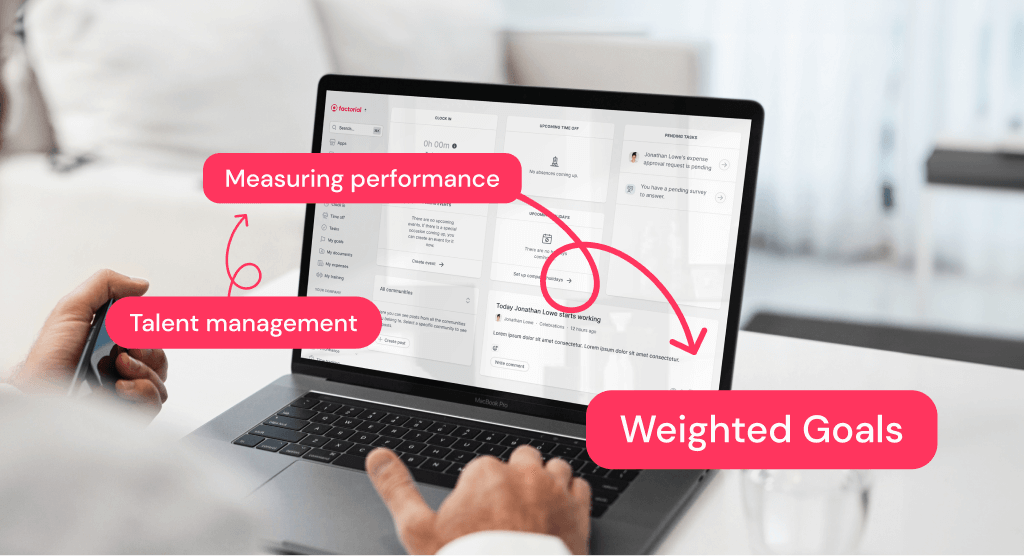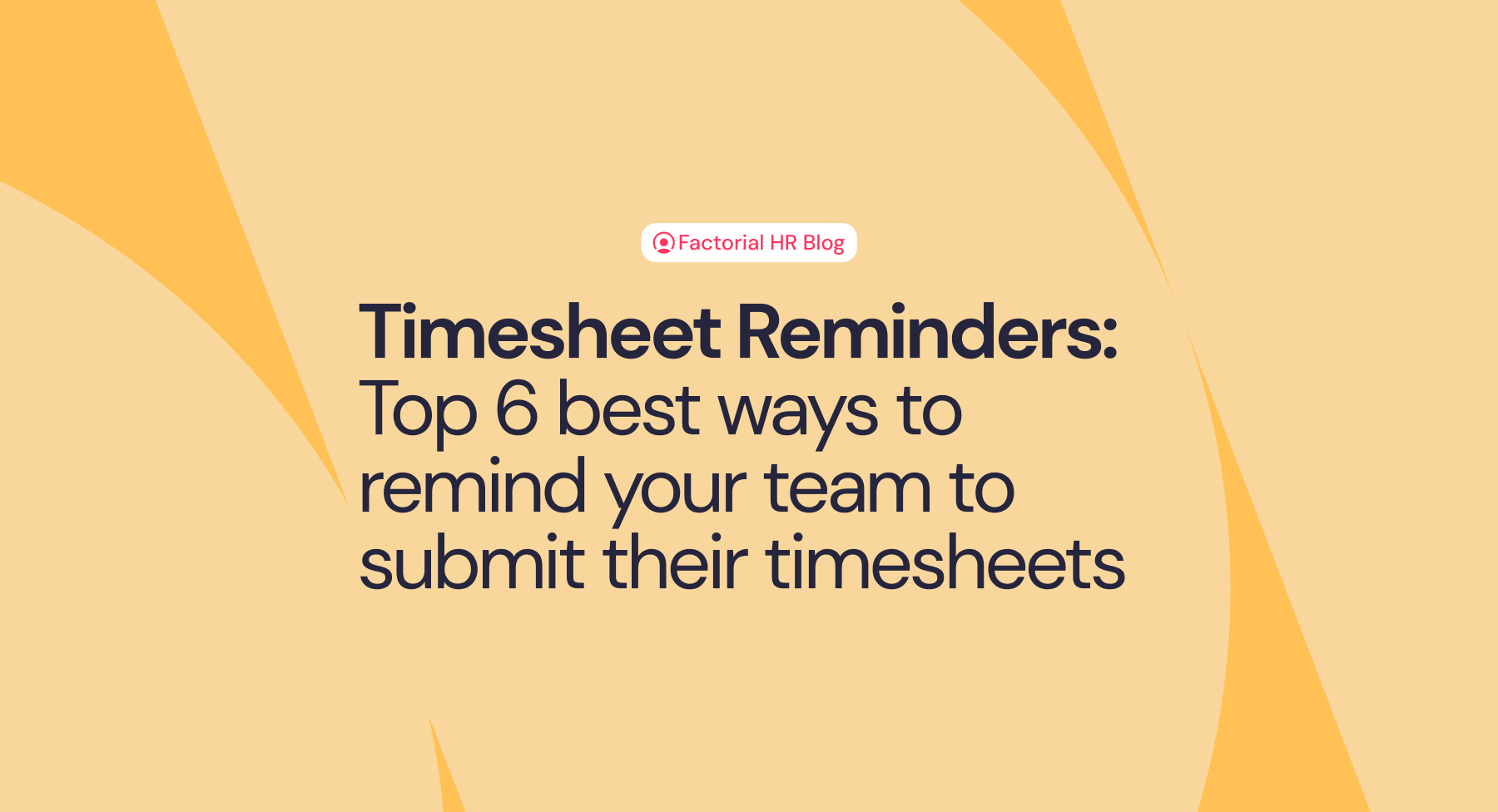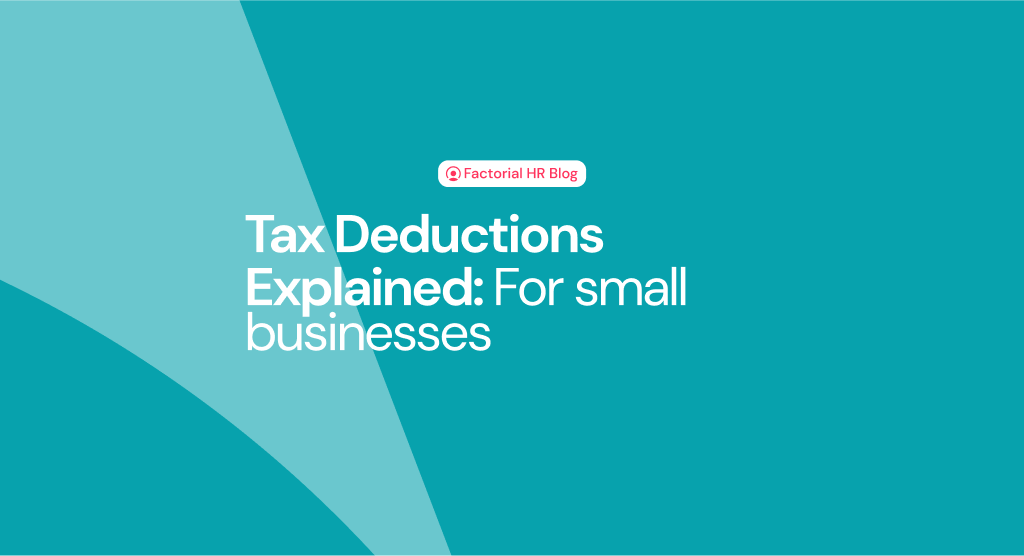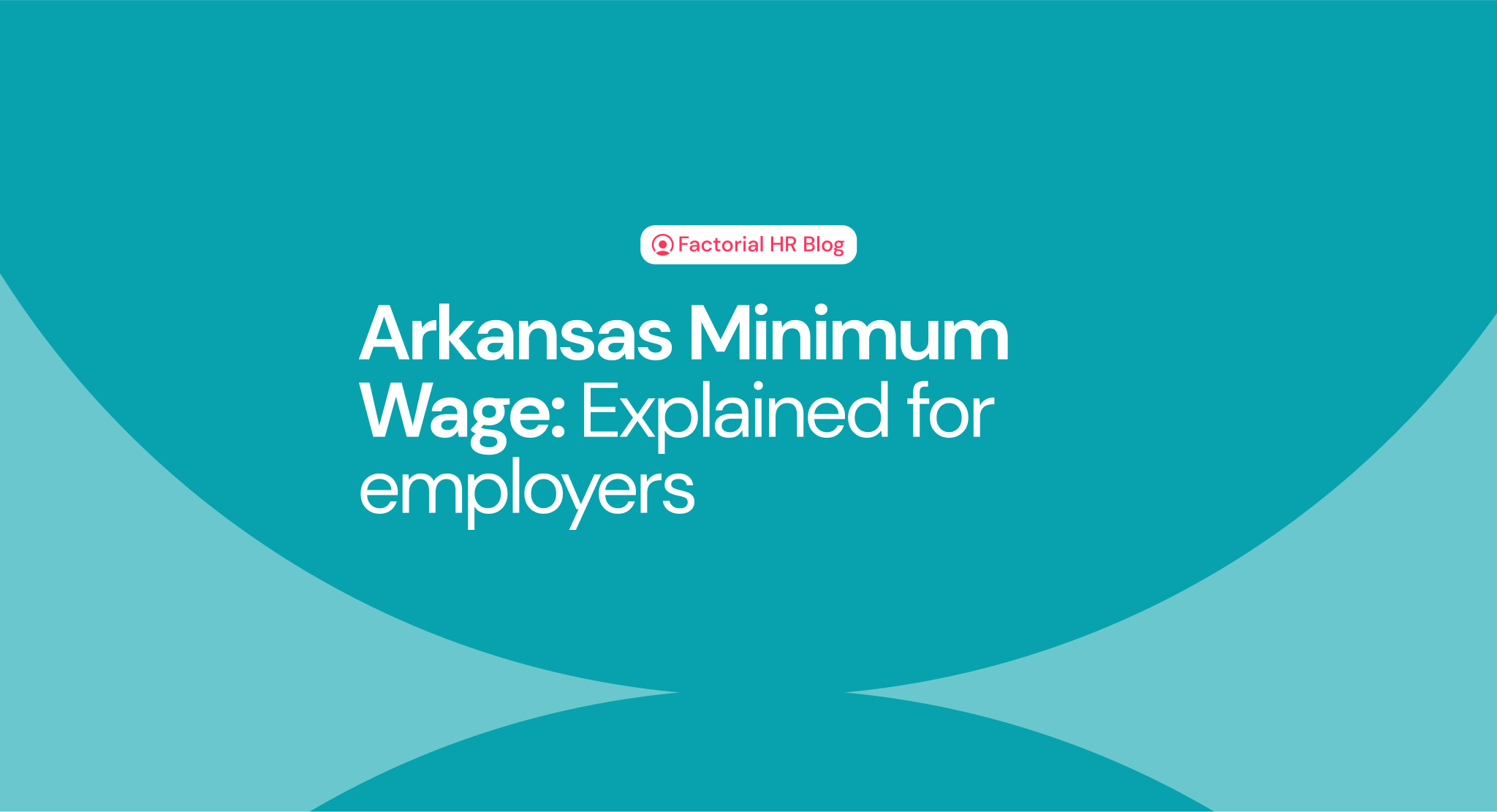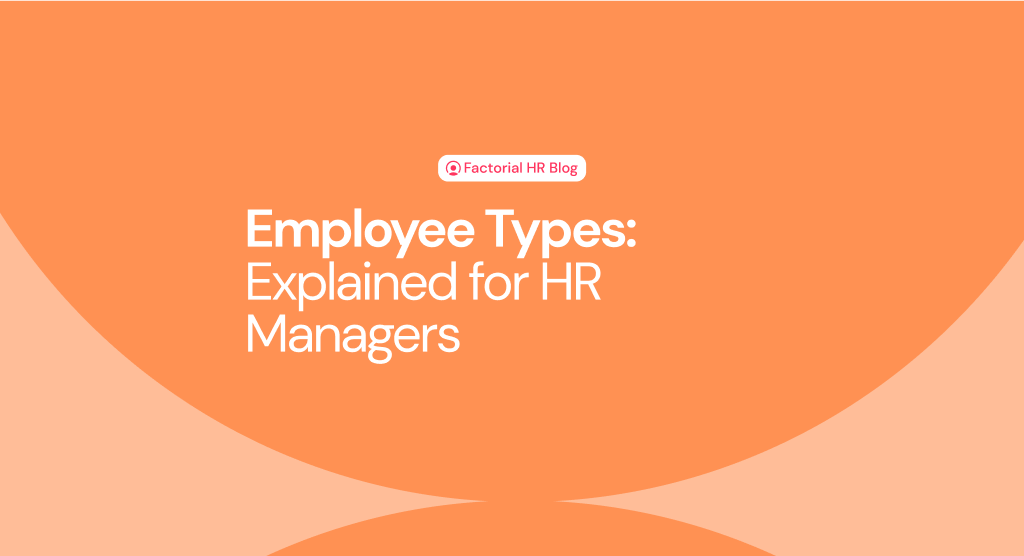With the employment sector still experiencing the effects of The Great Resignation, many organizations are struggling to fill critical positions. In fact, the war for talent is so competitive that many businesses are redesigning their recruitment strategies in order to enhance their talent acquisition approach and attract quality candidates. One of these strategies involves creating a candidate persona for each role that you need to fill. This proactive tool can help recruiters define exactly what they need so they can find the perfect hire.
In today’s guide for employers, we are going to explain what a candidate persona is, how it is used, and how you can create your own. We will also share a candidate persona example so that you can create a template that all your hiring managers can use to target and recruit the best people for the job.
What is a candidate persona?
A candidate persona is an internal document used by a growing number of hiring managers during the recruitment process. Essentially, it is a semi-fictional profile that defines all the characteristics that the perfect candidate for a particular role would possess. It’s a bit like a buyer persona, except instead of describing your target customer, you’re detailing your ideal job candidate.
A candidate persona is made up of a number of different sections. These include obvious requirements like skills, qualifications, and experience. However, a candidate persona also includes personal characteristics such as ambitions, interests, personality traits, career goals, and soft skills. All this information is collected by researching your industry and market trends, reviewing historical performance feedback, and analyzing a range of other HR metrics and data.
With the right approach and relevant insights, a candidate persona can significantly enhance your talent acquisition strategy. It can also help you build a strong employer branding strategy that streamlines your hiring process and helps you attract and retain top talent.
How to define a candidate persona
Now that we’ve looked at the candidate persona definition, let’s take a look at how you can design your own.
Creating a candidate persona is actually a very simple process. The key to success comes down to collecting the right data and asking the right questions. It’s also useful to create or download a candidate persona template. That way, you can be sure that you’ve included all relevant characteristics when you write your profiles.
Here’s everything you need to know.
Collect candidate persona data
There are a few things that you need to do when you prepare your candidate persona.
The first stage involves research. Conduct as much industry and market research as possible to find out what the typical candidate for a role needs in terms of hard and soft skills, experience, and qualifications.
You should also conduct internal research. Talk to your recruiters to find out what they usually include in your job descriptions. Hold a meeting with your hiring managers to find out which characteristics might suggest that someone is a good fit. Not just for the role, but for your company culture in general. Have a chat with employees who are performing similar roles. Ask them what the requirements of the job are, and which personality traits would suit the position. Finally, review any performance analysis reports for employees who held the position in the past. This will help you determine if there are any skills or other characteristics that were lacking at the time. All this feedback can give you valuable insight into the type of person you should be describing in your candidate persona.
The final stage is collecting data. Review your recruitment analytics and any other metrics included in your hiring dashboard. You might discover a few interesting KPIs that can point you in the right direction. For example, if a particular role has a high turnover rate, it could suggest that you need to re-evaluate the required skills and experience for that position. Or perhaps you need to focus more on specific soft skills to help you find a better match.
Use a candidate persona template to write your profile
The second and final stage of the process involves organizing all this data so that you can begin writing your candidate persona. This is where things really begin to take shape.
Make sure you cover the following characteristics when you write your persona:
- Background: the knowledge, skills, qualifications, and experience that the ideal candidate possesses.
- Demographic data: age, location, current job title, gender (although remember that you can’t use this information to disqualify candidates).
- Values: what they believe in and what they are looking for in an employer. Ideally, core values should align with those of the company.
- Goals and ambitions: where they see themselves in 5 years, for example.
- Soft skills: good communication skills, leadership skills, multitasking skills, etc.
- Personal attributes: personality traits, strengths & weaknesses, interests and fears, etc.
- Source: where the ideal candidate looks for jobs.
- Pain points: factors that might disengage the ideal candidate from the hiring process.
Don’t be afraid to get creative here. You could even give your ideal candidate a name and use a stock photo to make them seem more realistic.
A great way to make sure you include all this important information in your profile is to use a template. For example, Factorial’s free candidate persona template can help you understand the specific needs and interests of your ideal candidates.
You can use it to:
- Identify and define your ideal candidate
- Evaluate specific roles and positions
- Set goals and objectives
- Build your EVP
- Communicate your employer brand
Plus, by using a template, you get consistency with each and every candidate persona that you create.
How are candidate personas used?
Candidate personas are used to target specific candidate profiles instead of spreading your hiring resources over a wider talent pool. This makes them a highly effective tool for streamlining and enhancing your talent acquisition strategy. Instead of sorting through multiple applications that don’t align with your perfect hire, you can tailor your job descriptions so that they reflect the specific characteristics that you’re looking for.
Candidate personas are also used as part of a wider employer branding strategy. Why? Because when candidates know exactly what you are looking for, they have a better understanding of whether they would be a good fit before applying. This saves everyone a great deal of time. And it means that those applicants who do enter your recruitment funnel are far more likely to have a positive candidate experience. And this reflects well on your employer brand.
Why they are important?
We’ve seen what they are and how they are used. But why are they so important? What are the specific benefits of creating a database of candidate personas?
- Improved recruitment ROI. Candidate personas help you find higher-quality candidates much faster than if you were just relying on basic job descriptions. This streamlines your recruitment and hiring process and saves you money.
- Better fit for your company culture. Aside from skills and experience, candidate personas also focus on characters and values. This helps your interviewers ask more targeted questions relating to soft skills and personality. As a result, you are far more likely to hire someone who would be a good fit for your company culture.
- Enhanced recruitment KPIs. The quicker you are able to identify exactly what you are looking for, the easier it will be to find the right person for the job. And this can have a big impact on your time-to-hire and time-to-fill metrics. It can also boost your acceptance rate and your cost per hire.
- Stronger employer brand. Setting clear expectations ensures that only suitable candidates apply for open positions. This helps you develop a more focused recruitment and hiring pipeline which improves the candidate experience and your employer brand.
- Increased retention and reduced turnover. Because candidate personas help you better target your recruitment efforts, the candidate you eventually hire is more likely to fit into your organization. You’ll feel more confident that they are a good match, and they will too. And this means that they are more likely to remain at your company. They are also far more likely to become engaged members of staff.
Example of a candidate persona
Here’s a brief example of a candidate persona to give you an idea of what you need to write:
“Brand Manager Brian is a 34-year-old man with extensive experience in marketing and branding. He has a B.Sc. in Marketing from Portland State University and has worked as a brand manager at a global e-commerce company for the past 5 years. He has great leadership and communication skills and he is passionate about bringing brand stories to life. In terms of work style, he is collaborative, creative, and data driven. On a personal level, he enjoys hiking, art, and hanging out with friends.
Brand Manager Brian is happy in his current role, but he is ready for a new challenge. He has grown tired of working at a big company and now wants to take on a larger role in a smaller team. He’s especially keen to work at a company with a nurturing culture that values employee development. In fact, he’d like to climb the ladder and become a Brand Director within the next 5 years. He definitely doesn’t want to work for an employer that’s too structured or rigid. He wants to work somewhere where he has a degree of creative freedom.
Brand Manager Brian frequently checks job sites like LinkedIn and Monster for career opportunities. However, he gets frustrated by the number of companies who never respond to his applications and waste his time. He’s ready to make contact with a company that recognizes his potential and is willing to invest in what he has to offer.”
And there you have it. It really is that easy. With the right approach, including candidate personas in your talent acquisition strategy has the potential to completely transform your recruitment and hiring processes.
What have you got to lose?



